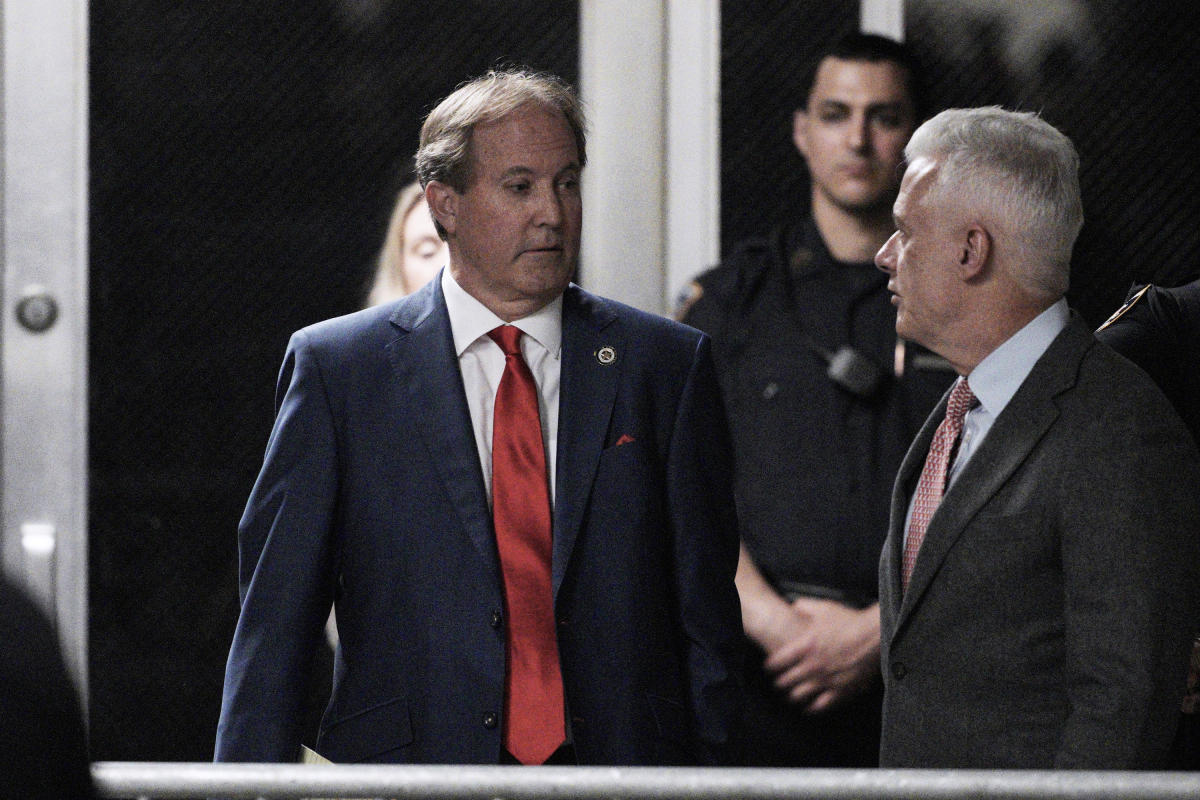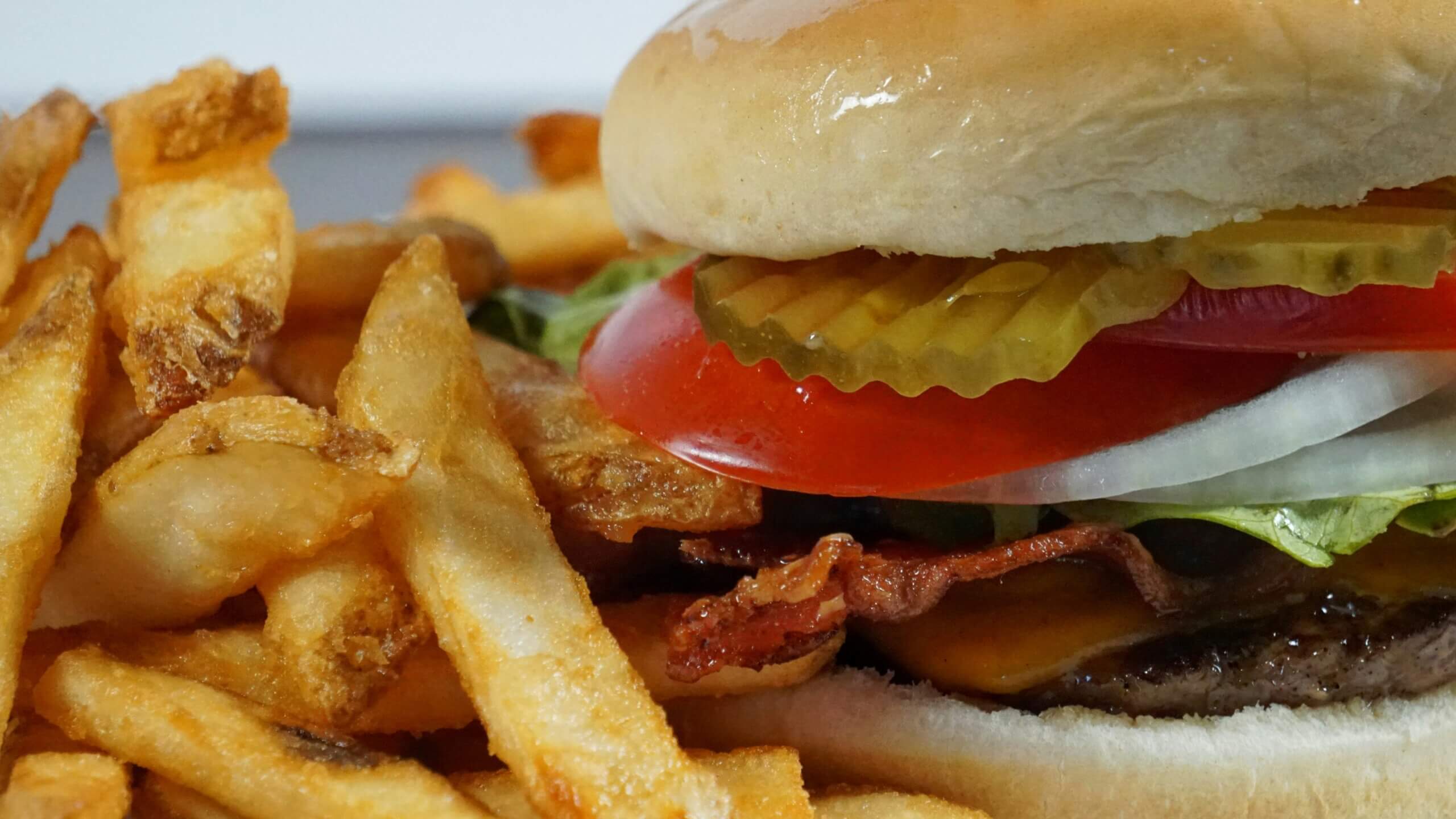They’re cute, they’re fuzzy – and they may just help bring their entire species back from the brink of extinction.
The U.S. Fish and Wildlife Service announced Wednesday the births last year of Noreen and Antonia, two baby ferrets cloned from cells frozen nearly four decades ago.
The successful cloning of these adorable predators is a milestone in the effort to save the black-footed ferret, one of North America’s most endangered mammals. Once thought to be extinct, today’s wild ferret population descends from just seven individuals, representing a severe lack of genetic diversity that threatens the long-term survival of the species.
Now with these two new black-masked balls of fuzz added to the mix, conservationists hope to begin breeding the two females later this year to inject some new blood into the population.
“Genetic diversity is critical for resilience to environmental change,” said Megan Owen, vice president of conservation science at the San Diego Zoo Wildlife Alliance, one of Fish and Wildlife’s partners in the cloning effort. “It’s basically the raw material of adaptive evolution.”
With hundreds of thousands of plants and animals at risk of extinction, scientists and policymakers are increasingly turning to extraordinary technological means to rescue sea stars, songbirds and other species near the edge of oblivion.
Up to a million black-footed ferrets once romped across the mountain basins and grasslands of a dozen states before farming, diseases such as the plague and the eradication of their prey, the prairie dog, caused their numbers to plummet. In 1979, what was believed to be the last black-footed ferret died in captivity.
Or so people thought. In 1981, a Wyoming cattle rancher stumbled upon a small group of black-footed ferrets. Brought into captivity, biologists began breeding them again but only had a handful of individuals with which to work.
“Conservationists have worked very hard to bring them back,” said Ben Novak, lead scientist at the biotechnology nonprofit Revive & Restore, which also partnered with Fish and Wildlife on the cloning project. “They’re doing a very good job. But due to that historic bottleneck in the ’80s for black-footed ferrets, they just have an extremely limited gene pool.”
One of the female ferrets, named Willa, didn’t leave any living descendants. So in 1988, scientists collected some of her cells and froze them at San Diego Zoo Wildlife Alliance, where the genetic material of some 1,200 species are kept on ice in its “Frozen Zoo.”
The first of Willa’s clones was born in 2020. Initially, that ferret, named Elizabeth Ann, appeared healthy. But she never took interest in the suitors presented to her. “She didn’t like the males, and she didn’t even let them into her tunnel,” Novak said. “She bit one of them on the nose.”
When her handlers tried to artificially inseminate her, there was another problem: part of her uterus was filled with fluid, requiring a hysterectomy. Elizabeth Ann is still alive and kicking, but can’t give birth. Agency officials don’t think her health problems are linked to cloning since the condition can occur in naturally born ferrets, too.
Now Noreen and Antonia, both born last May, represent a second attempt at reviving Willa’s genetically distinct lineage. The cloned animals were made by injecting one of Willa’s cells into an egg from a domesticated ferret.
Noreen was born at the National Black-footed Ferret Conservation Center in Colorado while Antonia lives across the country at the Smithsonian’s National Zoo & Conservation Biology Institute in Virginia.
While officials don’t plan to release the clones into the wild anytime soon, conservationists have reintroduced other black-footed ferrets across the Great Plains. But to sustain those populations, wildlife managers regularly apply insecticide to kill plague-carrying fleas and take other measures to control the deadly disease.
Right now, Noreen and Antonia are feisty and appear healthy. As the pair near their first birthday in May, officials hope to start breeding them later this year.
Owen has yet to meet either one. “I have not seen these two, but I can’t wait because they are incredibly cute.”
Related Content
At Columbia, Israel-Gaza tensions simmer as leaders face House hearing
Federal criminal investigation opened into Key Bridge crash
They’re young and athletic. They’re also ill with a condition called POTS.

Dr. Sarah Adams is a scientist and science communicator who makes complex topics accessible to all. Her articles explore breakthroughs in various scientific disciplines, from space exploration to cutting-edge research.






